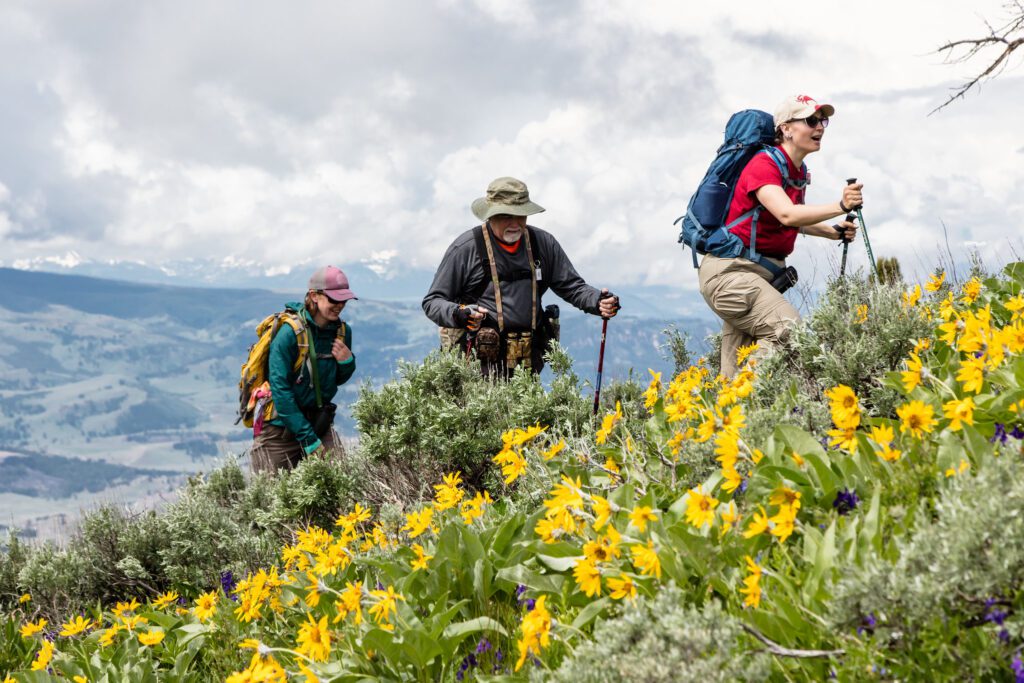Five Reasons You Should Visit Yellowstone
Whether you’re on a family vacation, a road trip with friends, or just out to explore the country, Yellowstone is an amazing destination. It offers first rate sightseeing, outdoor recreation, and adventures. The park is a 2.2 million acre wonderland complete with soaring mountains, alpine meadows, expansive river valleys, and more wildlife than your eyes will believe. Let’s look into the top five reasons to visit Yellowstone and find out if the world’s first national park is the right destination for you.
1. Visit Yellowstone for Incredible Landscapes
Yellowstone’s landscapes are consistently cited as one of the primary draws by park visitors, and it’s no wonder. The park’s landscape is as diverse as its wildlife. Four mountain ranges pass through or are completely encompassed by Yellowstone: the Gallatins, Absarokas, Washburns, and the Red Mountains. Whether you view these mountains from the comfort of your car or from the summit, they truly inspire awe and respect for this incredible landscape.
In Hayden and Lamar valleys another unique setting can be found. These valleys, nestled within the mountains, offer wide panoramic views, beautiful river scenery, and an abundance of wildlife. We’ll talk more about these valleys in the sections below.
Most of the park is covered by temperate forests populated primarily by lodgepole pine. This provides great habitat for elk, bears, songbirds, and a wide variety of smaller mammals. There’s a great many serene hiking experiences to be had wandering the trails through Yellowstone’s forests. Mountain streams, glimpses of the mountains beyond, and encounters with the parks wildlife ensure every hike while visiting Yellowstone is a unique experience. Make sure you stay bear aware on your hike.
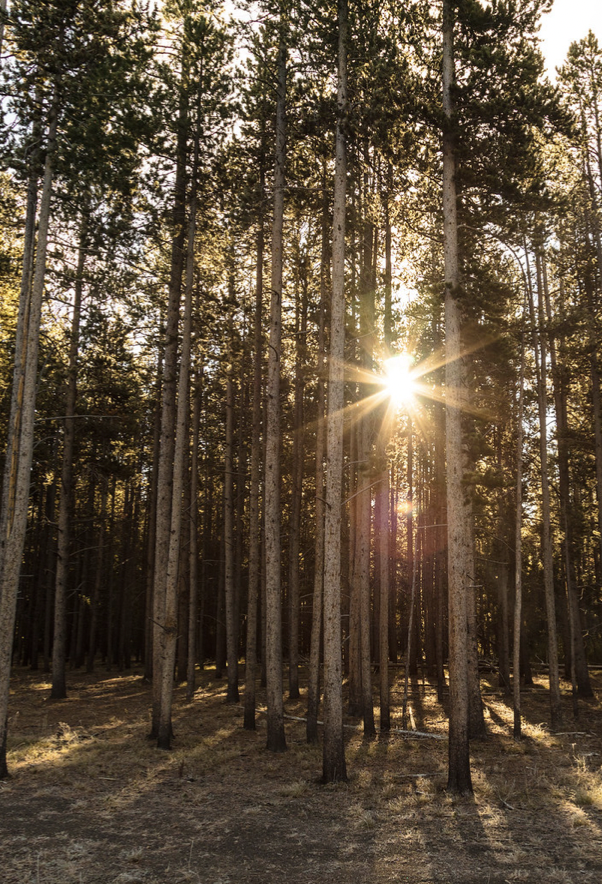

Going up in elevation we can find alpine meadows, which in the spring and early summer burst to life in a dazzling array of colorful flowers. Undoubtedly some of the most rewarding hikes in Yellowstone are those that pass through alpine meadows. Further up we can reach the alpine tundra, a hauntingly beautiful and void environment. Above the trees, the few remaining signs of life consist of small shrubs, lichen, pika (an adorable small mammal), and bighorn sheep. The views at this elevation are guaranteed to be spectacular.
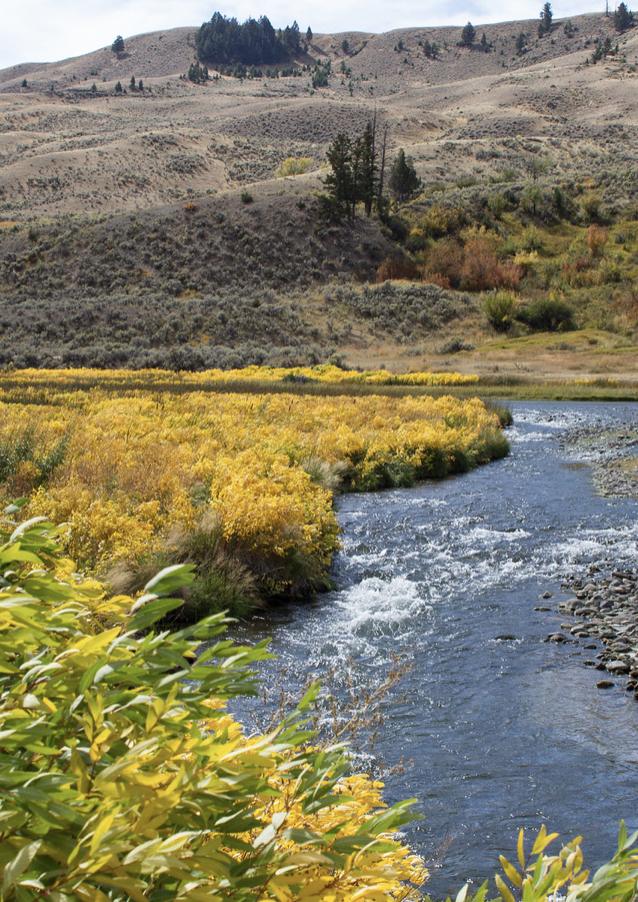

Finally, any trip to Yellowstone would be amiss if it didn’t include the park’s incredible hot springs and geysers. Over half of the world’s hydrothermal features can be found in Yellowstone. Major geyser basins such as the Upper Geyser Basin or Norris Geyser Basin are pitted with incredible otherworldly features. Old Faithful, the most famous in the park, is a major attraction due to the regularity of its eruptions, Steamboat Geyser is renowned for being the tallest in the world, though its eruptions are unpredictable. Thousands of smaller features, hot springs, fumaroles, can be found all across the park, adding yet another allure to this already marvelous landscape.
2. The Wildlife
A second major reason so many people visit Yellowstone is of course its wildlife. A greater concentration of large mammals can be found here than anywhere else in the lower 48 states. Herds of hundreds of bison roam the valleys, elk dot the landscape from one end to the other, and above it all rests the specter of the park’s most alluring animals: the large predators. Yellowstone is home to an amazing array of large predators including grizzly bears, black bears, mountain lions, and wolves. Encounters with any of these animals (hopefully from the safety of your car) are exciting and exciting experiences, often the highlight of a trip!
Hayden and Lamar valleys are the best places to view wildlife in the park. Here, herds of elk and bison graze, eagles soar over the rivers below looking for trout, and wolves stalk their prey. Lucky visitors may spot a moose or bear, and the luckiest will find Yellowstone’s famous wolves, only reintroduced to the park in 1995.
Bald eagles, golden eagles, osprey, and a variety of other birds of prey can also be found across the park, as well as a variety of small mammals, amphibians, and reptiles


3. Outdoor Recreation Opportunities
Whether you’re into hiking, backpacking, fishing, canoeing, climbing, or white water rafting, Yellowstone has something to offer for you. Within the park hiking is undoubtedly the most popular activity. The park boasts over 900 miles of trail through forests, mountains, valleys, and along rivers. Whether you’re a day hiker or an overnight backpacker, Yellowstone has trails for you.
The park’s mountains, and the mountains around it, are incredible playgrounds for the budding mountaineer. Within the park Bunsen Peak, Avalanche Peak, and Mt. Washburn provide easily accessible summit opportunities for the less experienced. Other mountains, such as the towering Electric Peak, are accessible to anyone who is reasonably fit. Outside the park the Beartooth Mountains offer an incredibly rocky and rugged experience. The Tetons to the south are world renowned for their mountaineering opportunities, chief among them the Grand Teton.
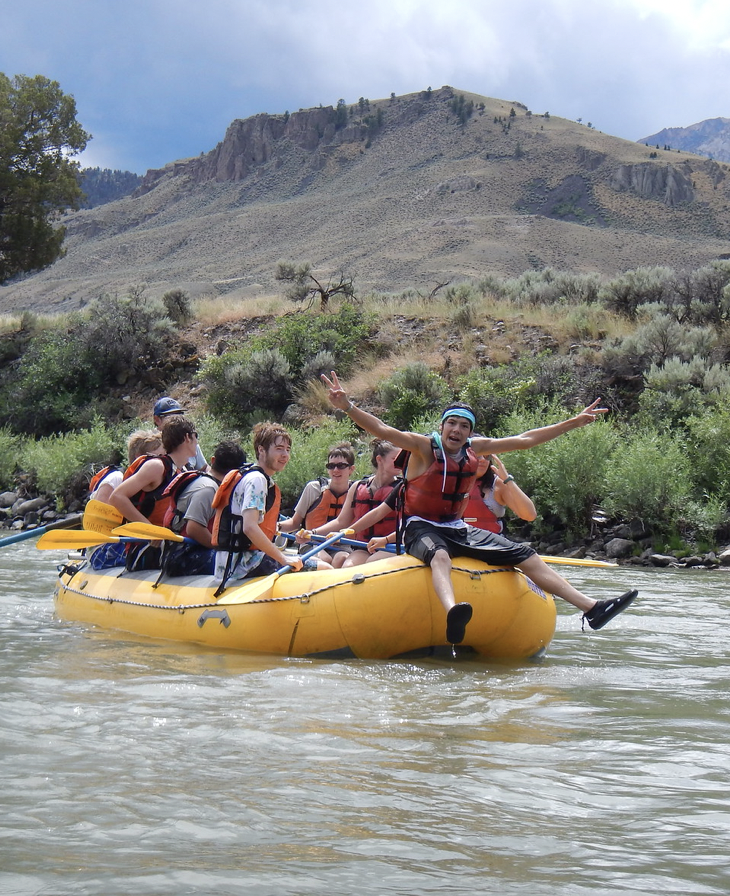
On the water, Yellowstone offers opportunities for canoeing, kayaking, and a limited amount of motor boating on Yellowstone Lake. The NPS website states, “Canoes, kayaks, paddleboards and other non- motorized boats are permitted on all park lakes except Sylvan Lake, Eleanor Lake, Twin Lakes, and Beach Springs Lagoon.” Motorized boating is restricted to Lewis and Yellowstone Lake. Boats can be rented at Bridge Bay Marina, and guided tours are offered by Yellowstone Park Lodges here as well.
Outside the park the opportunities for watersports expand dramatically. In Gardiner, on the Yellowstone River, and all along the Gallatin River to the West of the park, opportunities for white water kayaking, rafting, and mellow scenic floats abound. Whether you’re looking for a rough and raucous time or a relaxing float, these experiences can be a highlight of your trip.
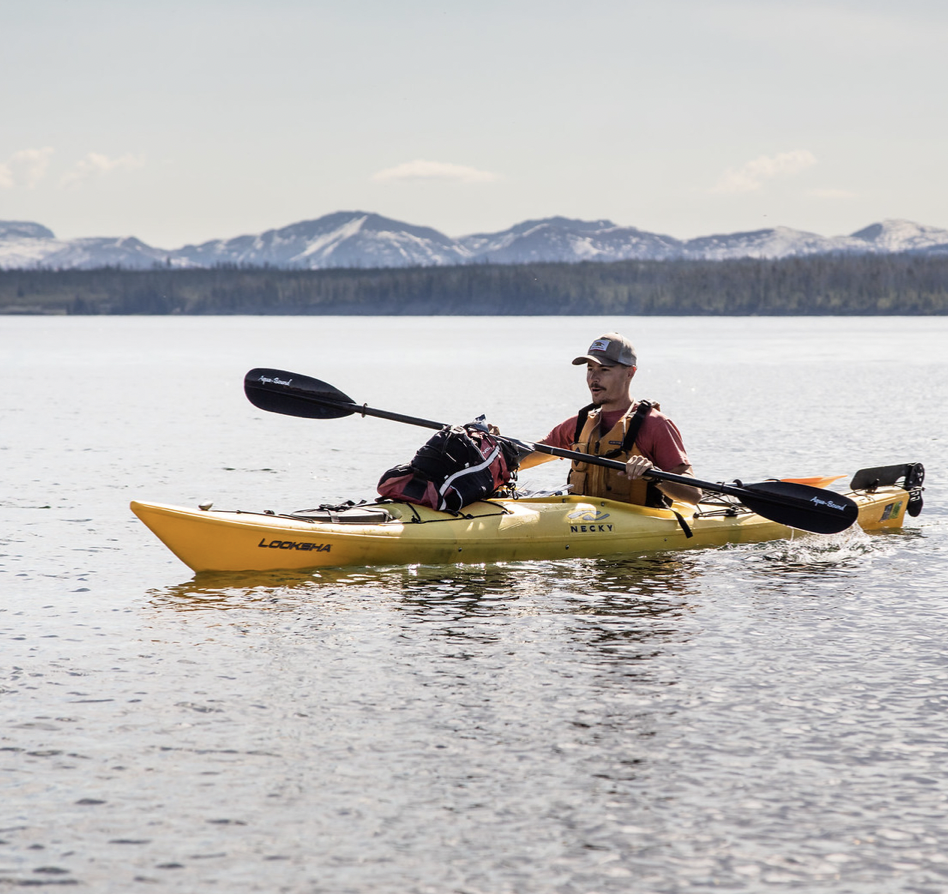

Many also visit Yellowstone for its fishing opportunities, primarily fly fishing. The park is home to brown, cutthroat, and lake trout, the latter of which is an invasive species. Arctic grayling and mountain whitefish can also be found in the parks waters. Before fishing ensure you acquire a permit and read the parks regulations on fishing.
To the East of the park in Cody rock incredible rock climbing experiences can be found. Sport, trad, and multi-pitch climbs can all be found in the canyon leading into Cody from the park, and routes for newcomers and experienced climbers alike can be found here.
In the winter a whole new suite of recreational opportunities opens up including cross country skiing, snowshoeing, snowmobile touring, and winter camping. Make sure you’re prepared for the cold weather if you venture into Yellowstone in the winter!
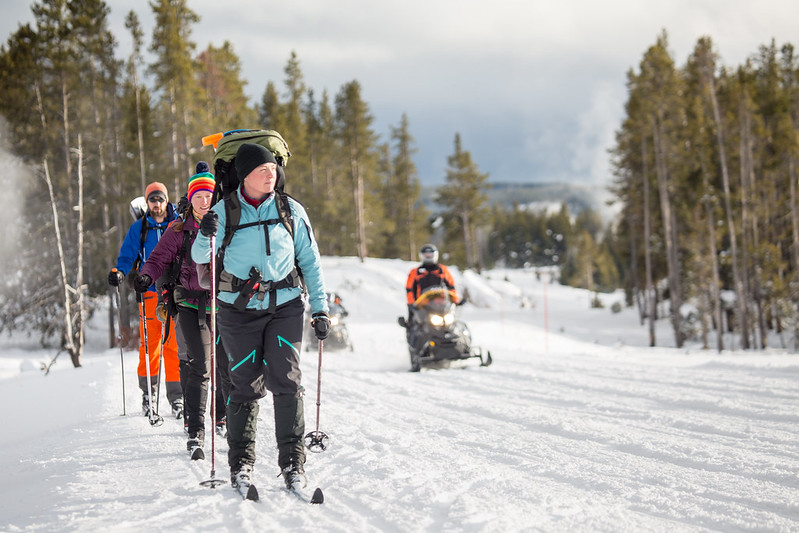
4. Outside the Park
Yellowstone is surrounded by incredible wilderness, bordered by charming towns, and lies directly North of another national park, Grand Teton National Park. So, if you’re planning on visiting Yellowstone, make sure to consider the wealth of activities outside the park.
Grand Teton National Park is a short drive to the south from Yellowstone’s south entrance and is well worth the trip. The Tetons are an incredibly stark range, greatly contrasting with the Jackson Valley they tower 7,000 feet above. This area is ripe for wildlife viewing, hiking, waters sports, photography, and climbing. The town of Jackson is a great place to grab lunch, poke around local shops, or view attractions.
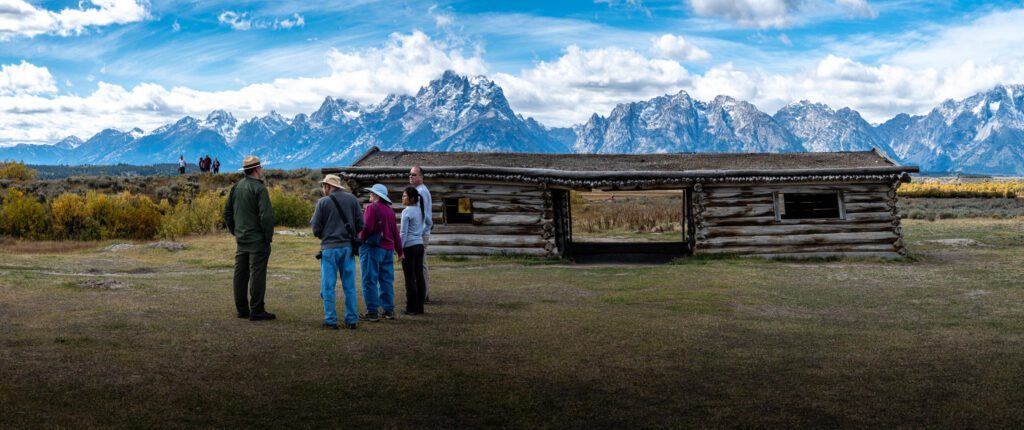
Other towns bordering the park make for great stops, or can serve as your ‘home base’ for your time in Yellowstone. Gardiner, West Yellowstone, Cody, Cooke City, and Red Lodge all offer their own unique food, lodging, and recreation opportunities to check out while visiting Yellowstone. Further to the North, Bozeman and Livingston offer an amazing variety of food options, quirky stores, souvenir opportunities, and lodging.
Yellowstone is also surrounded by national forests on all sides. The hiking and outdoor recreation opportunities in these forests can’t be discounted. Backpacking can often be easier, but just as rewarding, in these national forests. Yellowstone requires backcountry permits for overnight trips, whereas in national forests no such permits are required. Do be sure to read up on any regulations or current restrictions, such as fire bans during the peak of summer.
5. Pristine Wilderness
Yellowstone is the core of what’s called the Greater Yellowstone Ecosystem (GYE). The GYE consists of two national parks, parts of five national forests, three national wildlife refuges, Bureau of Land Management land, private land and tribal lands. The GYE covers between 12 and 22 million acres, depending on how it’s measured, and is the most intact temperate ecosystem on Earth.
In Yellowstone and the GYE a measure of ‘wildness’ still exists that is rare almost everywhere else on Earth. This is, for example, the only place bison have existed continuously in North America. Yellowstone is the best place in the world to see free ranging wolves and one of the few places in the continental U.S where a sizable grizzly bear population still exists.
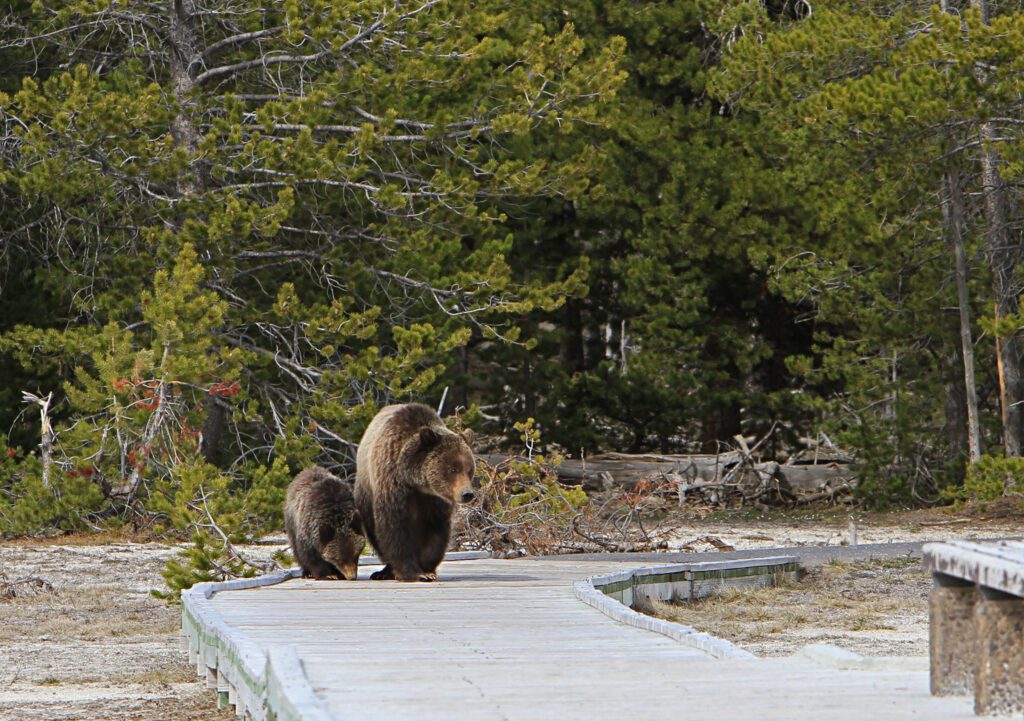
After decades of misguided and ill-fated mismanagement by the park service and other entities in the late 19th and early 20th centuries, NPS has arrived at a largely hands-off approach to managing the ecosystem in Yellowstone. This new approach has led to a Yellowstone that is on the forefront of conservation and is emblematic of what true wilderness can be.
It’s an incredible sight to see herds of bison hundreds strong, or see a pack of wolves take down an elk. Scenes like these have played out for millennia across this continent, but have almost completely disappeared since the arrival of European settlers to the west. In Yellowstone though, these scenes still play out. Wilderness still exists in Yellowstone National Park.
I hope you found this guide informative, and I hope you find Yellowstone as engaging, fulfilling, and as valuable as I do. If you do visit Yellowstone, remember to respect wildlife, respect the land, and respect your fellow visitors. It’s our job to preserve this park for generations to come.
Read More

Exploring Yellowstone in the Winter
The vast majority of the park’s annual visitors come during the much milder summer months, leaving the park to the die-hard Yellowstone admirers throughout the winter. This absence of visitors makes exploring Yellowstone in the winter a unique and rewarding experience.

The Yellowstone Volcano Erupted More Recently Than You Think
The Yellowstone Volcano Erupted More Recently Than You Think The geologic history of the land underlying Yellowstone National Park is defined by the influence of

How to Stay Safe in Bear Country
Here’s a short guide on how to stay safe from Yellowstone bears while visiting America’s first national park.
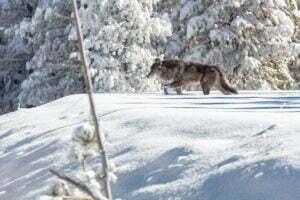
A Short History of Wolves in Yellowstone
A Short History of Yellowstone Wolves The story of Yellowstone wolves, indeed wolves across most of the American West, is a story of misunderstanding, extermination,
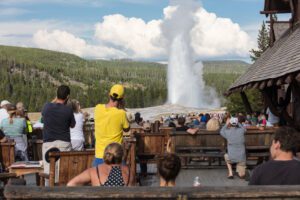
Is The Yellowstone Volcano About to Erupt?
Is The Yellowstone Volcano About to Erupt? Suddenly, as if out of nowhere, the ground shakes and buckles under Yellowstone National Park. Steam bellows out
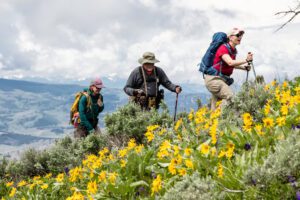
5 Reasons You Should Visit Yellowstone
Five Reasons You Should Visit Yellowstone Whether you’re on a family vacation, a road trip with friends, or just out to explore the country, Yellowstone

